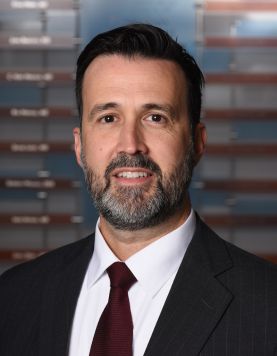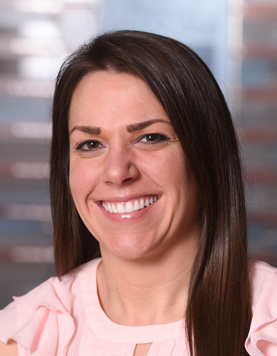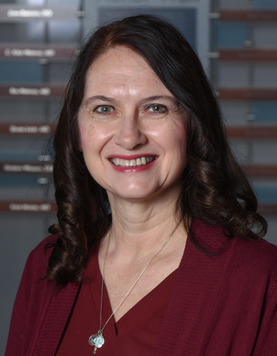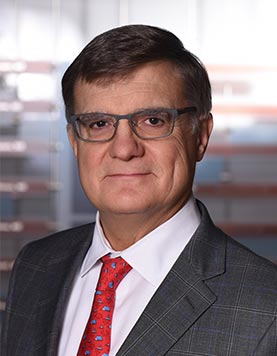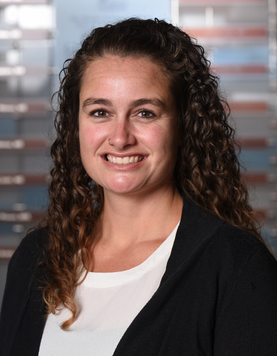what is gastroschisis?
Gastroschisis is a condition that occurs in approximately 1 in 2,500 live births. It is one of a group of birth defects known as abdominal wall defects, which start very early in gestation and are characterized by an opening in the abdominal wall (belly) of the fetus. This condition may be detected by an ultrasound as early as week 12 of pregnancy.
Most of the time, it is only some of the intestines that come out through the hole and are exposed to the amniotic fluid around the fetus (which is one of the ways this condition is different from omphalocele, a similar defect). In more severe cases, other organs (liver, bladder, ovary, or testes) can also come partially or completely out through the hole. This opening is usually found to the right of the umbilicus (belly button). The unprotected intestine may become irritated by the amniotic fluid, causing it to swell and shorten. In some cases there is enough damage to a portion of the intestine that this portion has to be removed.
We do not know what causes gastroschisis. It is more common in young mothers. It does not appear to be inherited or "run in families." Having one baby with gastroschisis does not make it more likely that you would have another baby with it.
what happens during pregnancy with gastroschisis?
Pregnancies in which the fetus has gastroschisis are at risk for certain complications such as poor fetal growth, decreased amniotic fluid volume, preterm delivery, and stillbirth.
At Dayton Children's, we can arrange a prenatal consultation with a pediatric surgeon and neonatalogist to discuss your baby's care.
how is gastroschisis treated?
This is a condition that can't be treated before the baby is born. You and your doctor will work closely together to monitor your pregnancy.
Treatment to repair the gastroschisis will begin as soon as possible after birth, sometimes the same day. If the baby has a small amount of bowel outside his or her body, this might be repaired with one surgery. This is called a "primary repair." During the surgery, the bowel is placed in the belly and the opening is closed.
If the baby has a large amount of bowel outside the body, the baby is very small, or he/she has breathing problems, the surgeon will place the bowel into a cylinder-shaped clear plastic sleeve, called a "silo." The silo protects the bowel from the environment and allows the team to assess the condition of the bowel until surgical closure is possible. While the silo is in place, the surgeon will slowly and gently push the bowel into the abdomen. Placement of a silo is often done at the bedside. When this method is used it is called a "staged repair." This process might take 3-10 days, sometimes longer. When the bowel is placed into the abdomen it creates pressure on the diaphragm and can make breathing difficult. Some babies may need the help of a breathing machine during and after the procedure.
Regardless of the type of gastroschisis repair, it takes time for the intestine to recover and for function to return. For this reason, nutrition is provided through an intravenous (IV) line. After surgery, the baby may not be able to eat for several weeks, since the intestines need time to heal. Once intestinal function returns, oral feedings or feedings via nasogastic (NG) tube are slowly started while IV feeds continue. Breastmilk is easy for babies to digest and is particularly important for these babies. Our nurse will teach you to pump and store your milk so it is ready when your baby needs it.
The length of stay in the NICU after gastroschisis repair varies greatly and is difficult to predict. Close attention will be paid to the condition of the intestine and the baby's growth. Most babies heal well, but some babies need additional surgeries if they develop intestinal blockage. A few babies have long-lasting problems with the way their intestinal system works and will require special treatment tailored to their specific needs.
what is the outlook for a child with gastroschisis?
After discharge, your baby will need follow-up visits with their pediatric surgeon and gastroenterologist to monitor their growth and development and the health of their intestines. The long-term outlook for these children is very good. While most babies do not experience long-term problems following gastroschisis repair, in severe cases children may continue to have difficulties with feeding and/or digestion.

